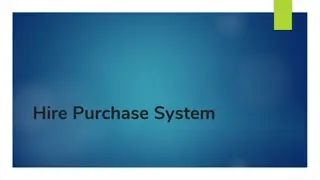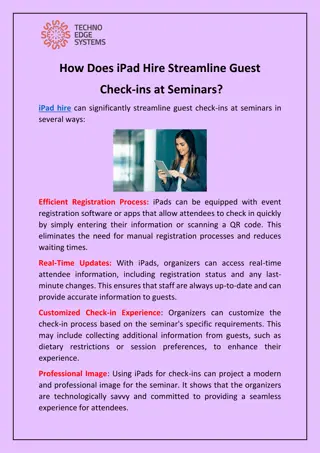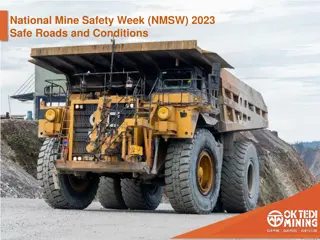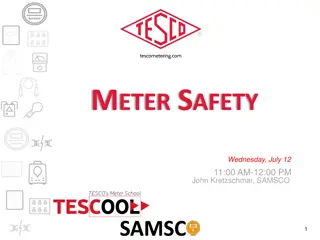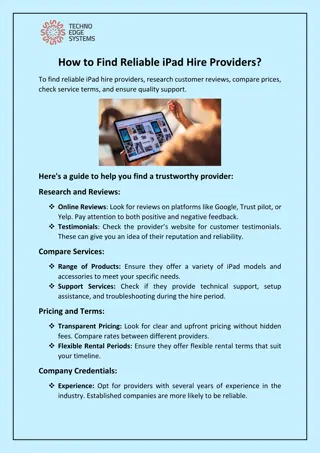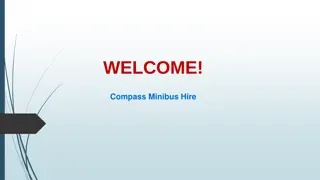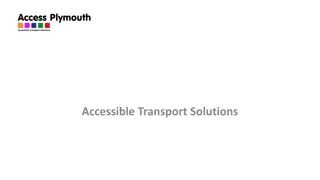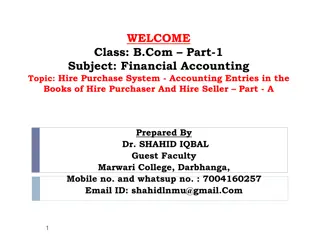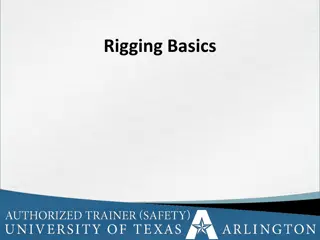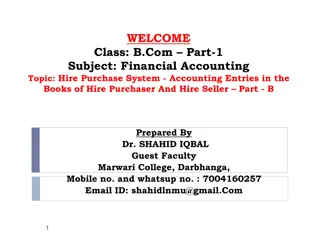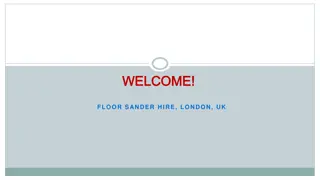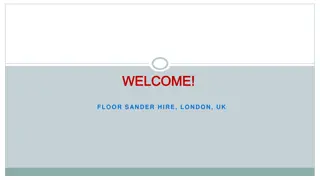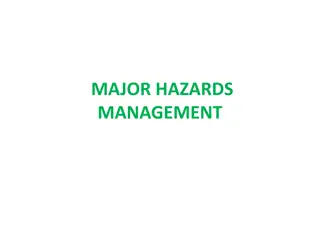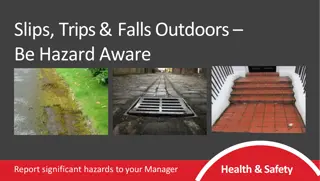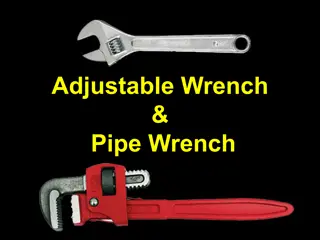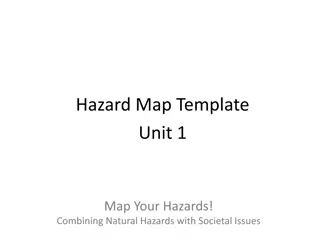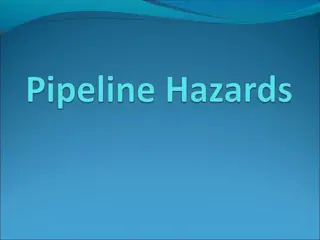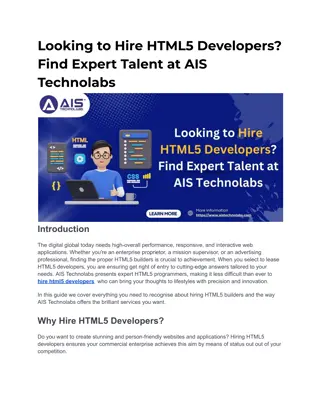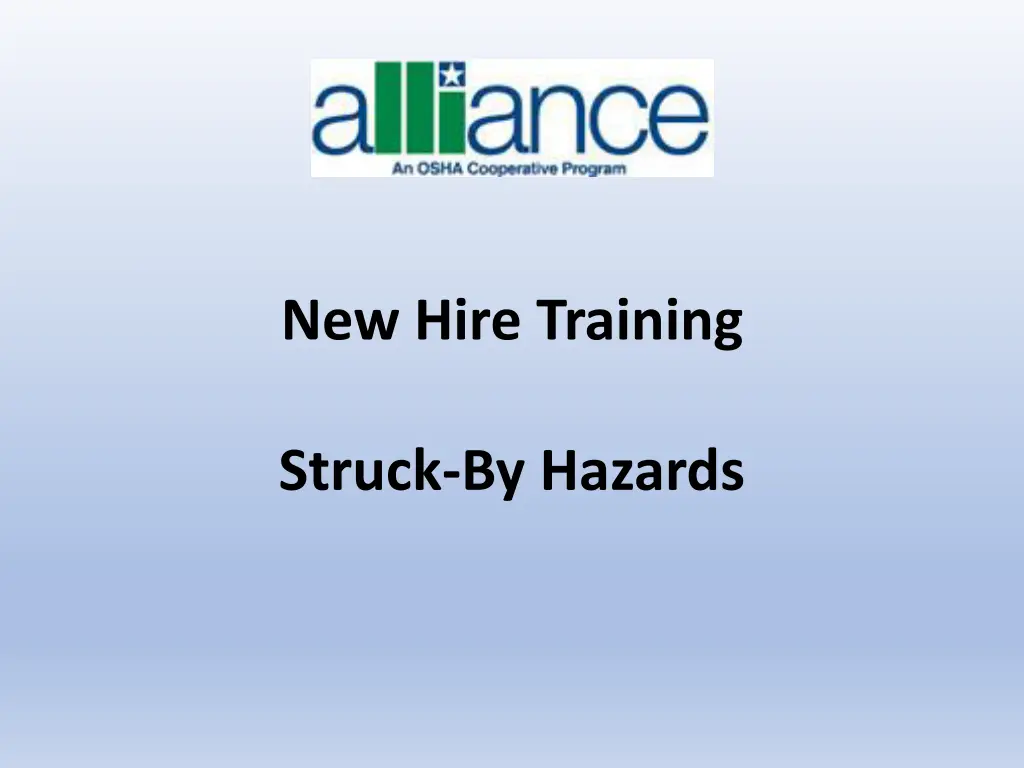
Struck-By Hazards in Construction: Essential Safety Tips
Learn how to identify and avoid struck-by hazards in construction, such as being hit by vehicles, falling objects, or equipment. Understand the risks associated with vehicle and roadway hazards, as well as falling objects, and follow essential safety practices to prevent accidents and injuries on the job site.
Download Presentation

Please find below an Image/Link to download the presentation.
The content on the website is provided AS IS for your information and personal use only. It may not be sold, licensed, or shared on other websites without obtaining consent from the author. If you encounter any issues during the download, it is possible that the publisher has removed the file from their server.
You are allowed to download the files provided on this website for personal or commercial use, subject to the condition that they are used lawfully. All files are the property of their respective owners.
The content on the website is provided AS IS for your information and personal use only. It may not be sold, licensed, or shared on other websites without obtaining consent from the author.
E N D
Presentation Transcript
New Hire Training Struck-By Hazards
Struck-By Hazards Introduction The second leading cause of construction fatalities is being struck by an object or piece of equipment You could be hit by a vehicle or piece of heavy equipment You could be struck by a falling or flying object You must know how to recognize and identify hazards You must know how to avoid those hazards
Struck-By Hazards Vehicle and Roadway Hazards If vehicle safety practices are not observed at your site, you risk being pinned between construction vehicles and walls, struck by swinging backhoes, crushed beneath overturned vehicles, you risk being struck by trucks or cars. How Do I Avoid Hazards? Use traffic signs, barricades or flaggers when construction takes place near public roadways Workers must be highly visible in all levels of light. Warning clothing, such as red or orange vests, are required; and if worn for night work, must be of reflective material. Communicate with operators by radio and/or eye contact 3
Struck-By Hazards Vehicle and Roadway Hazards How Do I Avoid Hazards? Do not drive a vehicle in reverse gear with an obstructed rear view, unless it has an audible reverse alarm, or another worker signals that it is safe. Drive vehicles or equipment only on roadways or grades that are safely constructed and maintained. Do not exceed a vehicle's rated load or lift capacity. Set parking brakes when vehicles and equipment are parked, and chock the wheels if they are on an incline. 4
Struck-By Hazards Falling Objects You are at risk of being injured from falling objects when you are beneath cranes, scaffolds, etc., or where overhead work is being performed. This could come from: Rigging failure Loose or shifting materials Lack of overhead protection 5
Struck-By Hazards Falling Objects How Do I Avoid Hazards? Wear hardhat Stack materials properly to prevent sliding, falling, or collapse Use debris nets, catch platforms, or canopies to catch or deflect falling objects from scaffolds Avoid working underneath loads being moved Barricade hazard areas and post warning signs Secure tools and materials to prevent them from falling on people below 6
Struck-By Hazards Falling Objects Objects coming down the elevator hoistway Overhead protection is required on false cars and temporary platforms. This can be accomplished by screening at the hoistway entrances, or as a solid roof. Screening at the hoistway entrance 7
Struck-By Hazards Falling Objects When working in a multi-car hoistway, screening should be installed between hoistways of adjacent cars. This will help with falling objects, and provide a separation between running cars. 8
Struck-By Hazards Pit Access: Struck-by car or counterweight Be aware of car position when accessing the pit. Always perform LOTO and secure the car from unintended movement according to your company safety procedures before entering the pit. Identify refuge space in the pit before entering. 9
Struck-By Hazards Struck-By Hazards When Handling Material Many workers are hurt or killed from handling loads including: loads falling out of rigging, being struck by swinging or descending loads and being pulled off upper elevations from swinging loads. Rigging equipment can fail, loads can shift or roll. 10
Struck-By Hazards Working Under a Suspended Load Elevator Constructors should never work under a suspended load. During hoisting operations within the hoistway, workers should be positioned outside the hoistway and should control the load by using taglines from the open entrances. If you are installing rails and brackets from a false car or running platform, never allow the load to be hoisted above you. 11
Struck-By Hazards Struck-By Flying Objects Tools can create particles when chipping, grinding, sawing, brushing, or hammering. Particles from some tools move at high speed and can hit with the force of a bullet, like those from pneumatic and powder-actuated tools. How can you be protected from flying objects? Be sure you are properly trained before using any power tool and always wear the proper PPE. 12
Struck-By Hazards Summary: As you can see, struck-by hazards are everywhere. They fall into one of three categories: Vehicle and roadway hazards Falling objects Flying objects Struck-by hazards are preventable. Stay clear of operating vehicles and equipment, communicate with operators and maintain eye contact, avoid blind spots, wear high visibility clothing, and never stand under a load. Power and powder actuated tools are dangerous and should only be used after proper training and only as directed. PPE must always be used and you must perform penetration checks when setting up the tool. Remember who is counting on you to come home safe each day. 13
Through the Alliance between OSHAs 10 Regional Offices and the Elevator Contractors of America (ECA), Elevator Industry Work Preservation Fund (EIWPF), International Union of Elevator Constructors (IUEC), National Association of Elevator Contractors (NAEC), National Elevator Industry Educational Program (NEIEP), and National Elevator Industry Inc. (NEII), collectively known as The Elevator Industry Safety Partners, developed this Industry Specific Training for informational purposes only. It does not necessarily reflect the official views of OSHA or the U.S. Department of Labor. March 2025 Under the Occupational Safety and Health Act, employers are responsible (http://www.osha.gov/as/opa/worker/employer-responsibility.html) for providing a safe and healthy workplace and workers have rights (https://www.osha.gov/workers). OSHA can help answer questions or concerns from employers and workers. OSHA's On-Site Consultation Program (https://www.osha.gov/consultation) offers free and confidential advice to small and medium-sized businesses, with priority given to high-hazard worksites. For more information, contact your regional or area OSHA office (https://www.osha.gov/contactus/bystate), call 1-800- 321-OSHA (6742), or visit https://www.osha.gov/.

